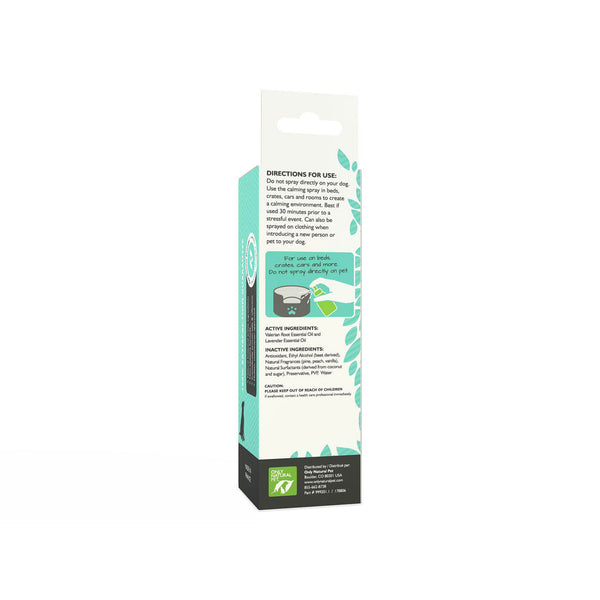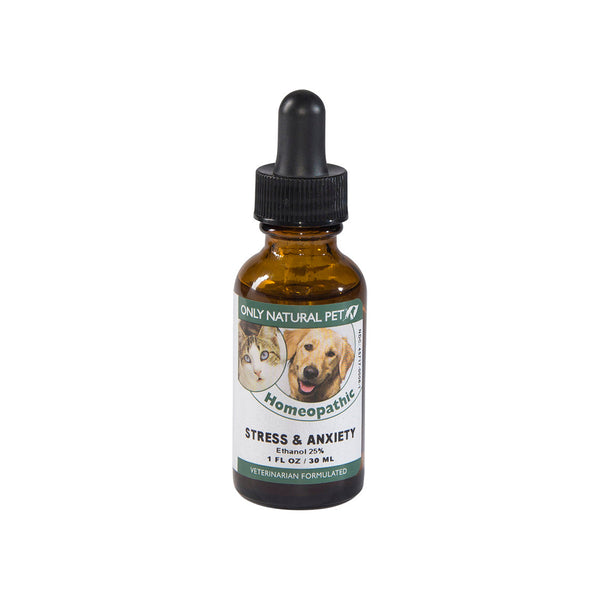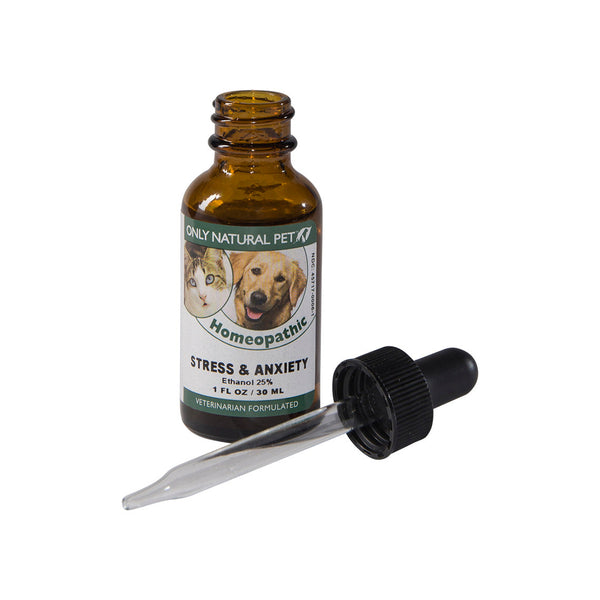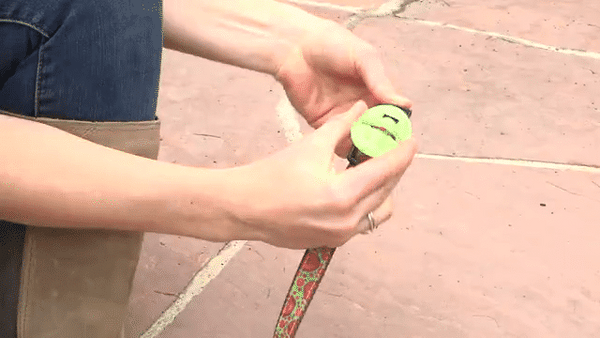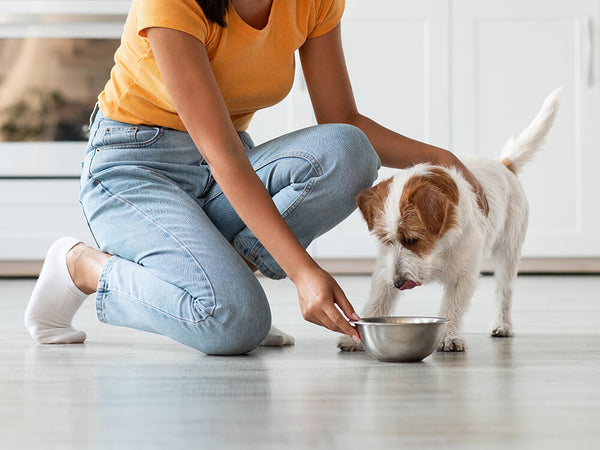How to Make a Pet Preparedness Plan & Bag
Written by: Richard Rowlands
Emergencies such as hurricanes, flooding, and wildfires are becoming more common in the US. In 2018 and 2019 more than a dozen billion-dollar weather and climate-related disasters were reported in each calendar year.
But did you know that only one in five Americans faced with evacuation situations reports that they and their families have fled their homes to seek shelter elsewhere? Many choose not to leave their homes. Predictably, at the top of the list of reasons for not leaving is a fear of damage or looting. But tied for second is not knowing what to do with pets or not wanting to leave them behind!
This is why it is important to have a disaster preparedness plan in place to keep you and your pets safe. Fail to plan, plan to fail!
In this post, we'll share some simple tips to help you set up your own pet preparedness plan so that your entire family, fur kids included, is ready should disaster strike.
Take Care of the Basics
There are some basics that you can take care of right now that will really help you out if you find yourself affected or displaced due to a natural disaster.
Make sure your pets are microchipped and registered with your local administrative bodies. In some areas you might also need a dog license. There are definite benefits to having a microchipped pet that is properly registered.
Microchipping is a form of ID that cannot be tampered with, and your contact information will be associated with the unique microchip number. All it takes is a swipe with a scanner to get the microchip number and most vets and local humane societies will have these on hand. Microchipping definitely increases the odds that your dog or cat will be returned to you if they escape or get lost during an emergency.
It’s also a good idea to have your pet always wear a collar with ID tags on them. You can have these made at a variety of pet supply stores or order them online. Include your pet’s name, a phone number, and your home address. Even if your pet is microchipped, ID tags are recommended. They’re a quick way for the average person who finds your pet to get in contact with you promptly and return them to you quickly.
Rescue alert stickers at any entrances and exits to your home can also alert others that there is a pet inside the home that may also be in distress or need help. There is usually room on these to include information like how many pets are inside, what kinds, and even vet phone numbers. These stickers also have the added benefit of deterring potential thieves or looters in worst case scenarios, as such people typically want to avoid homes with dogs in them.
You should also prepare a pet emergency kit and keep it in an easily accessible area of your home for when disaster strikes. In the next section, we’ll cover what to include.
How to Prepare a Pet Emergency Kit
Assembling a pet emergency kit and keeping it in a place where it’s easy to grab is a great way to be prepared for just about anything. These are some essentials that you will want to gather in order to have a complete kit.
Carriers and Travel Accessories
Have an appropriately sized pet carrier available, especially for cats and smaller dogs that will need to be carried.
If your dog is bigger, then having an extra leash and harness (the same kind they normally use) in the kit can be helpful; in a fast acting emergency, you don't want to have to find multiple things throughout the house.
If your dog is not used to other pets or not well socialized, you might want to consider a basket muzzle, especially if you're going to a shelter.
Remember, as stressful as an emergency is for you, it's the same for your pet. So it's important to practice with them to make sure they're comfortable in their carrier or with their harness or with a muzzle. This is not the time for either of you to be learning something new.
IDs and Paperwork
An ID card is a great idea. Include your pet’s photo, general information like name, age, and breed, as well as any pertinent health information and vet contact info.
Print copies of medical records and/or have them on a USB stick if your fur kids have any ongoing or chronic medical issues.
Medications & Supplements
Speaking of medical issues, include at least a week’s worth of any medications they may be on. You can rotate these with your daily supply, just let your vet know what you’re doing and get some extra.
The same goes for any supplements your pet might take. It's also helpful to have some calming supplements and aids available. This will be incredibly stressful for your pet, even if they're normally pretty even tempered, and having some backup calming support can help. But as with everything, practice giving it to your pet. Don't wait for the emergency to try something new.
Food & Water
A week of food and water (replaced every two months) is essential. Include your pet's favorite food and treats to try to make them as comfortable as possible. It's possible the stressful situation could disrupt their appetite or digestion. If that's the case, having some tasty food toppers and digestive supplements in your bag can help. But make sure they're toppers and supplements they've tried before and enjoyed.
First Aid Kit
A pet first aid kit is also great essentials to include.
For a comprehensive list, check out this info from the CDC on what to include in a pet emergency preparedness kit.
Make Sure You Have a Plan in Place
Thinking ahead about what type of emergencies you and your pets may face will help you consider the best ways to plan.
Having a safe place to go in case of an emergency or disaster situation that will allow your entire family, fur kids included, is the most important in evacuation situations. Keep in mind that most government shelters will not allow pets unless they are registered service animals.
A safe place for many is with a friend or relative who would be expecting you and welcoming of your dog or cat in this kind of situation. If they have their own animals, make sure everyone gets along ahead of time or that there is an effective way to keep them separated.
If staying with friends or family isn’t an option, locate pet-friendly accommodations ahead of time. There are a variety of resources online now that cater specifically to pet parents, such as Bring Fido and Pets Welcome.
In all cases, ensure that the accommodations are outside of any possible evacuation areas and have a backup or two in place.
If you choose or are forced to shelter in place during a disaster, make sure that there is a safe room in your house with few to no windows. Don’t keep anything potentially harmful or toxic to your pet in this room. And close off any small areas or spaces where a frightened pet might hide or get stuck. Getting your pet used to this room ahead of time is a good idea. Lots of treats and positive training will be great to help with this.
If the situation arises where you cannot bring your pet with you, have an accessible list of places where your pet could stay. These could be boarding facilities, your vet clinic, or even a local humane society. Contact each directly to plan this sort of thing out in advance and hope you never have to use it.
You should also consider the best ways to help minimize your pet’s stress during these sorts of situations. Adding an article of clothing with a family member’s scent on it to a carrier is known to be calming for many pets. Having treats on hand to divert attention is also good. And lots of practice and positive associations created beforehand with carriers, car rides, and being around other people will help pets maintain their composure, so you don’t lose yours.
Conclusion
Bringing a measure of predictability and preparedness to uncertain or emergency events is key to maintaining your cool and keeping everyone safe and comfortable. For additional information and resources on creating the best emergency preparedness plans check out these amazing tips on pet disaster preparedness and more on making a disaster plan for your pets.









